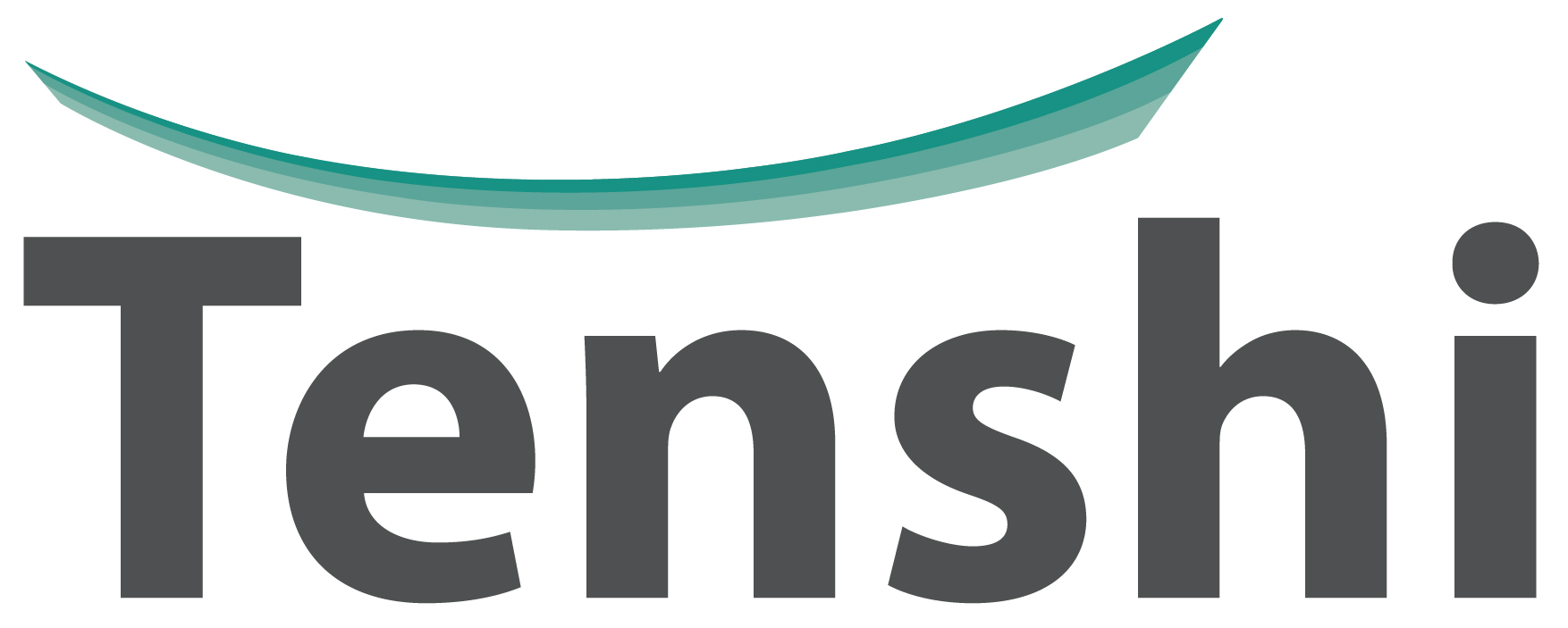
Picture your average tech-friendly jogger: they’ve got the latest running shoes, an Apple Watch or Fitbit Surge to measure heart rate and music pumping out of their iPhone via earbuds or Beats headphones. A quick question: where’s the technological weak link here?
If you said the headphones, you’re right. OK, Beats or the latest earbuds may be pretty good for listening to music. But what else do they do? A big fat nothing.
This, however, could be about to change, thanks to a product category that is tipped to become the next big thing in technology: hearables.
Hearables, as the name suggests, are smart devices worn in the ear – essentially smart earbuds – which can deliver high-quality audio and also track the user’s vital signs.
And investment in them has been rocketing. TechCrunch reports that funding for hearable devices has nearly tripled this year, from $12.6m in 2014 to $31.2m in 2015, led by two big venture rounds: Eargo’s $13.6m Series A and Doppler Labs’ $17m Series B (of which more later).
Overall the market for hearable devices is projected to reach $5bn by 2018 according to Nick Hunn, founder and chief technology officer of Wifore Consulting, quoted by CNBC.
That may sound like madness – the entire wearable market is currently only worth around $5bn, after all. But hearable devices have a number of key advantages in the wearable world, the most important of which is the power of the ear.
The ear is, although most people don’t realise it, a very good place to measure vital signs (far better than the wrist, in fact). It doesn’t move around a lot when we exercise, making it a more reliable site to take measurements and it is a very good place to pick up blood flow.
What’s more, many joggers are accustomed to wearing earbuds when they go out running, making them more natural than a clunky wristband or a chest strap.
This suggests the first, obvious use of hearable technology: fitness tracking. German company Bragi raised $3.4m on Kickstarter last year for The Dash, which it bills as the “World’s First Wireless Smart In Ear Headphones”, offering 1,000 Songs, performance tracking and body Sensors in one tiny, ear-worn package.
In August, the company revealed that The Dash is “getting close” to being released. “We expect to build final hardware early September for Kickstarter backers, but the hardware needs a software update before we can ship any product,” it said in a blog.
Wearable tech specialist Valencell, meanwhile, has collaborated on three hearable products to date: Jabra Sport Pulse Wireless Earbuds, the iriverON Heart Rate Monitoring Bluetooth Headset and LG Heart Rate Earphones, which tracks heart rate, time, distance, speed, cadence, pace, consumed calories and cardiovascular fitness.
And that’s not all that hearables can do. Eargo, for example, has developed “the hearing aid of the future”, which uses its patented Flexi Fibers to suspend the Eargo device in your ear, making it pretty much invisible and giving a very natural sound.
“There is currently a lot of stigma around traditional hearing aids. People tend to associate them with being old, and what they have in mind is this traditional hearing device that sits on the ear that nobody really wants to wear – and it costs a lot of money,” Eargo co-founder and CEO Raphael Michel told CrunchBase. “When you want to make a wearable that you wear all day long, it needs to be socially acceptable. And the best way to make it socially acceptable is to make it invisible.”
This is all very admirable, of course. But how about a hearable for those of us who simply enjoy listening to music?
Several companies have got you covered. Most prominent among then is Doppler Labs, a company that works under the rather grandiose slogan of “change the way we hear the world” and which recently received funding from music industry giants Live Nation, Universal Music and Warner Music.
Doppler’s efforts are concentrated on the Here Active Listening System, which allows the users to augment real-world audio, transforming live music to exactly their liking via two wireless earbuds and a smartphone app.
Doppler compares the system, which includes volume sliders, EQ and effects, to “a studio in your ears”. “The technology we have created with Here has the potential to make every seat in the house the best seat in the house by allowing every listener to personalise their live audio environment based on their own specific listening preferences,” explains Doppler Labs CEO and co-founder Noah Kraft.
What’s more, while Here Active Listening may have been optimised for live music, it has a number of uses in the every-day world, like suppressing the sound of a baby crying or soothing the screech of the brake system on an Underground train.
Hearables, then, could be set for a big breakthrough in the next few years. And yet one name is curiously absent from the market, a company that not only produces wearable goods but also has interests in music and headphones: Apple.
OK, the Cupertino giant may not be entirely absent from the hearables field, having filed a patent in February 2014 for a monitoring system that “can be used with headphones, earbuds or headsets”. But many observers were surprised that the Apple Watch didn’t make use of all that Beats headphone technology and Apple wearable knowhow to drive forward the market for hearable devices.
Maybe it was simply too early for Apple, a company that likes to sit back and watch innovators make their first stumbling steps before making a move. Or maybe it simply had enough on its plate already with the Apple Watch.
Whatever the case, with hearables already being proclaimed as “the new wearables” (and the ear, inevitably, as “the new wrist”) it would be no surprise to see Apple move into this exciting new area before the year it out.
